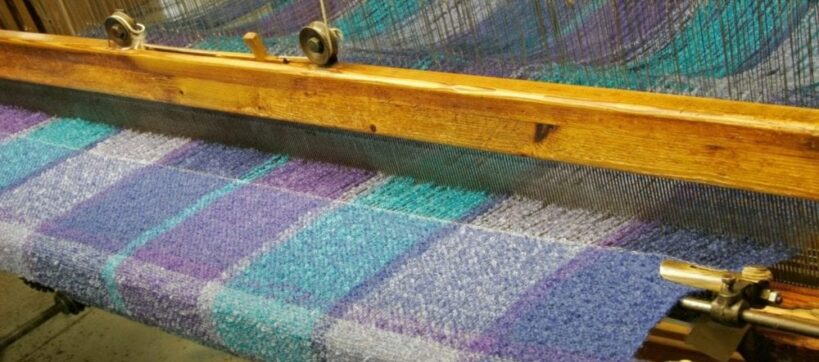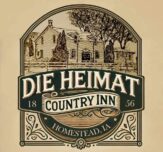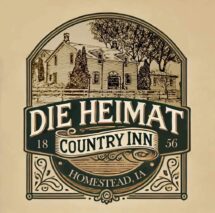Blog
Amana Style Quilts

I had a delightful conversation with Amana quilt expert, Carolyn Trumpold, last week. She had a large quilt in frame in her upstairs quilt room when I stopped by. The wooden frame that filled the room reminded me of the one my mother still owns and uses occasionally at age 86.
Amana quilts are "whole cloth" quilts. "Not "pieced" like other American quilts, the oldest Amana comforters (now known as quilts) were made of whole cloth, woven to fit single beds and filled with wool batting, which was "quilted" to keep the batting in place. In keeping with their economical life, women of the seven Amana Colonies would recycle the old worn quilts, removing the wool batting and having it cleaned and re-carded to fill a new quilt." (iowaartscouncil.org)
The beauty of the quilt is in the unique stitch pattern itself, not in the design created by different pieces and colors. Most of the patterns are old – flowers and diamonds. Over the years new patterns were added such as the serpent, hearts, wreaths and so on. Patterns are drawn onto cardboard, then cut and used as a template to be traced with chalk (which will wash out) onto the quilt fabric. We have some original patterns on the wall in our dining room here at Die Heimat. Bill Metz's (the local tinsmith) mother had duplicate patterns which he shared with us.
Traditional Amana quilters use a fine crochet thread for quilting their patterns and often in a contrasting color to showcase the stitching. For example a light blue thread might be used to quilt on a dark blue fabric.
I wondered how this type of quilting tradition got started way back in the mid-1800s when the Amana people first came here. I thought maybe it was because cloth was readily available at the calico mill. But Carolyn thinks it is more likely this style was begun because it is a quicker way to make a quilt. The Inspirationists needed quilts in a hurry for warmth, so this was a faster way than cutting and piecing the tops. Mind you, no quilt is made quickly – hand stitching a full-sized quilt takes hours and hours, but at least one major step in the process was eliminated by making whole cloth quilts.
The fabric from the calico mills was occasionally used for quilts but it wasn't the most desirable fabric. With multiple washings it bled and faded and didn't stay nice. When calico was used for quilts it was mostly for the "day laborers" hired from outside the colonies who lived in small buildings close to the mills and likely didn't launder their quilts very often.
Carolyn and a handful of other women continue to do the Amana quilting. There are even some younger women who are interested in the craft and have started doing it and teaching others. I was really tempted to sit down, don one of Carolyn's thimbles and start stitching. But I'll save that urge for the quilt I am ready to set up Next Door.
Today, the Amana Colonies boasts two state of the art quilt shops with unique fabrics for all types of quilts. Heritage Designs in Amana and Fern Hill (http://www.fernhill.net/) in South Amana. It's worth a visit to the Amana Colonies just to visit the quilt shops.

